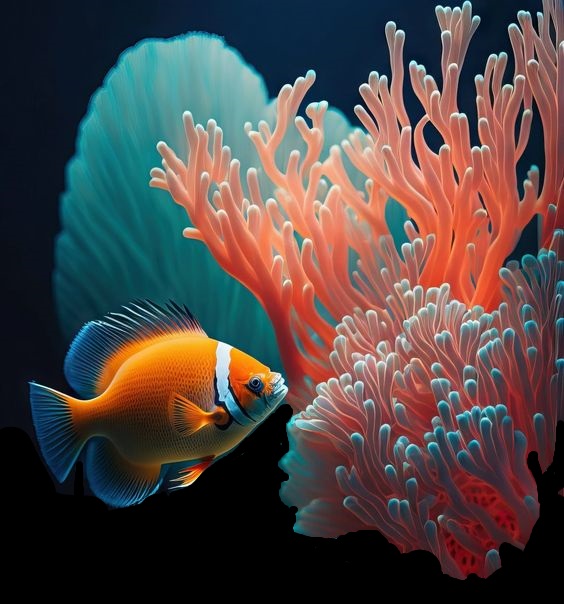
clownfish performs
for a coral reef —
captive audience

|
Author Notes
HAIKU is a Japanese short unrhymed poem that uses imagistic language to express the essence of a deeply felt moment in time. It resonates on a deeper level, enlightening the reader and making an insightful connection. English Haiku doesn't follow the 5/7/5 form, because Japanese syllables are much shorter. The rule of thumb is to write it as succinctly as possible and 17 syllables or less.
The main parts of a classic haiku are: kireji, kigo, and satori.
KIREJI is a pause or break in a verse where one phrase ends and another phrase begins. It may be expressed by a dash or a comma.
KIGO is word or phrase associated with a particular season (spring, summer, autumn, or winter)
SATORI is a phrase (usually last line) that provides comprehension and understanding. It refers to a deep experience of one's essence of true nature". Satori is commonly translated as enlightenment,
click here to read haiku examples
click here to read haiku rules
click here to read why is 5/7/5 OR LESS rule
click here for season words
Thank you very much for taking the time to read and review my poem.
Gypsy
"Poetry heals the wounds inflicted by reason." - Novali
|
|




